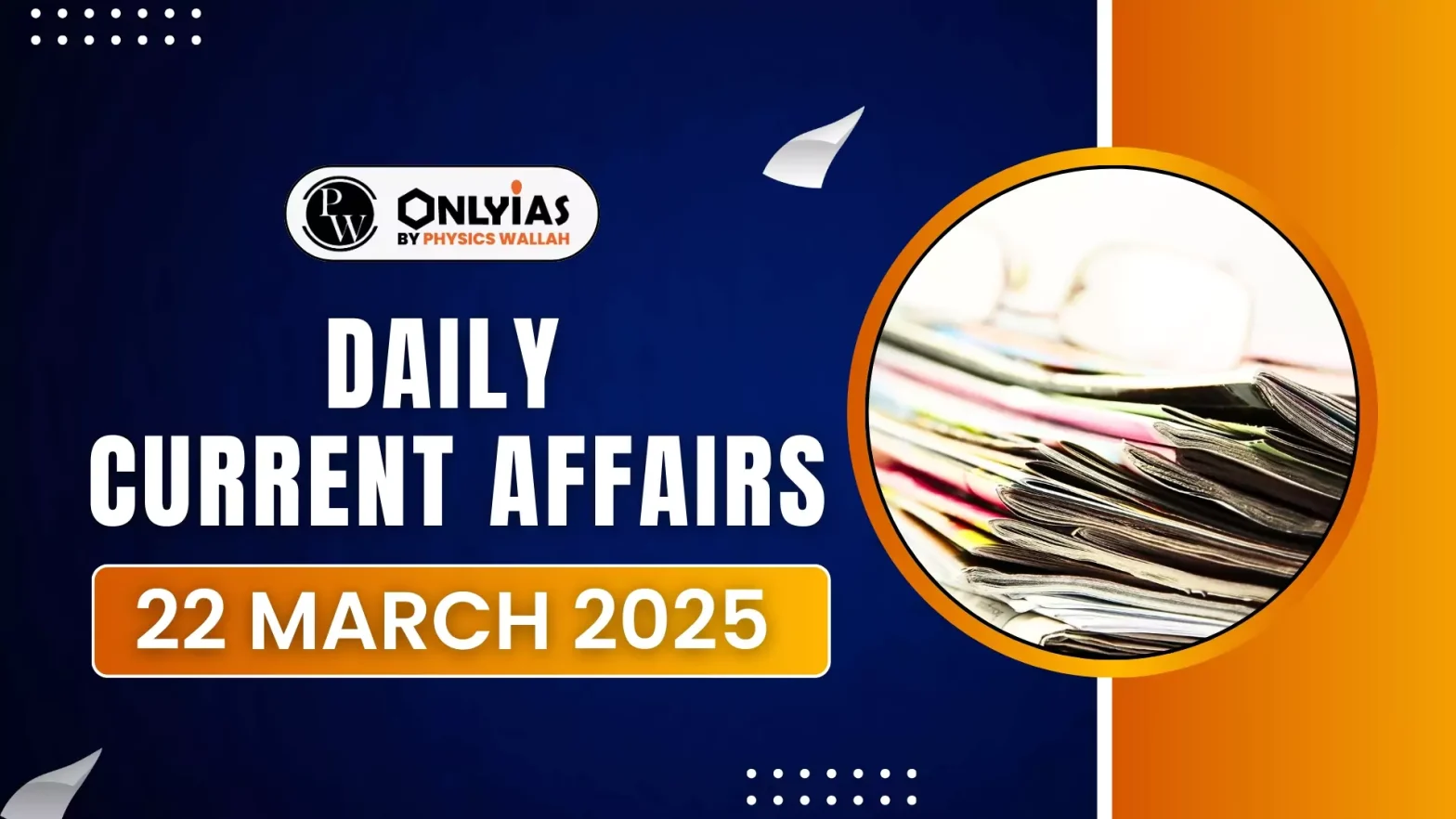The Defence Acquisition Council (DAC), chaired by the Indian Defence Minister, has approved key guidelines and procurement proposals aimed at boosting India’s defence capabilities and self-reliance.
About Defense Acquisition Council
- It is the highest decision making body in the Ministry of Defence.
- It oversees policies and capital acquisition for armed forces.
- Includes the Army, Navy, Air Force, and Coast Guard.
- Established: 2001 on the recommendation from the Group of Ministers on ‘Reforming the National Security System’ after the Kargil War.
- Composition:
- Chairman: Defence minister heads DAC.
- Other members: Chiefs of navy, army, air force, along with other senior officials from the ministry of defence.
- Functions
- Approval of proposals: Grants acceptance of necessity (AON) for capital acquisition proposals.
- Categorization: classifies acquisition proposals into categories like Buy’, ‘Buy & Make’, and ‘Make’.
- Long term planning: provides in-principal approval for the 15 year long term integrated perspective plan for the defence forces.
- Monitoring: It overseens the progress of the defence projects and ensures time implementation of them.
Key Approvals and Procurement Details
- Faster Defence Procurement Process:
- This move is part of the Ministry of Defence’s initiative to mark 2025 as the ‘Year of Reforms.’
- The updated process aims to make procurement faster, more effective, and efficient by reducing timelines by 10-15%.
- Acceptance of Necessity (AoN) for Major Proposals:
The DAC granted preliminary approval (AoN) for procurement proposals worth over ₹54,000 crore, including:
 Upgrading T-90 Tank Engines:
Upgrading T-90 Tank Engines:
- Procurement of 1,350 HP engines to replace the current 1,000 HP engines.
- This upgrade will improve the battlefield mobility of T-90 tanks, particularly in high-altitude areas, by enhancing their power-to-weight ratio.
- Airborne Early Warning & Control (AEW&C) Aircraft for the Indian Air Force:
- Approval for the purchase of additional AEW&C radar systems to strengthen air surveillance.
- Varunastra Torpedoes for the Navy:
- Approval for more ship-launched anti-submarine torpedoes, developed by Naval Science and Technological Laboratory.
- These torpedoes will enhance the Navy’s capability to counter submarine threats.
Significance of Defence Reforms and Procurement
- Boost to Indigenous Defence Manufacturing
- Strengthens domestic defence production by procuring indigenously designed ATAGS artillery guns and Varunastra torpedoes.
- Reduces foreign dependency with over 65% of ATAGS components sourced locally.
- Enhanced Operational Capabilities
- Upgraded T-90 tank engines improve mobility, especially in high-altitude areas.
- AEW&C radar systems enhance air surveillance and early warning capabilities.
- Varunastra torpedoes bolster the Navy’s anti-submarine warfare capabilities.
- Reduction in Procurement Timelines
- New guidelines aim to reduce procurement timelines by 10-15%, speeding up defence acquisitions.
- Immediate implementation reflects the government’s focus on efficiency and faster delivery of critical equipment.
- Employment Generation and Economic Impact
-
- Expected creation of 20 lakh man-days of employment through indigenous manufacturing.
- Stimulates related industries, contributing to economic growth and job opportunities.
![]() 22 Mar 2025
22 Mar 2025

 Upgrading T-90 Tank Engines:
Upgrading T-90 Tank Engines:
